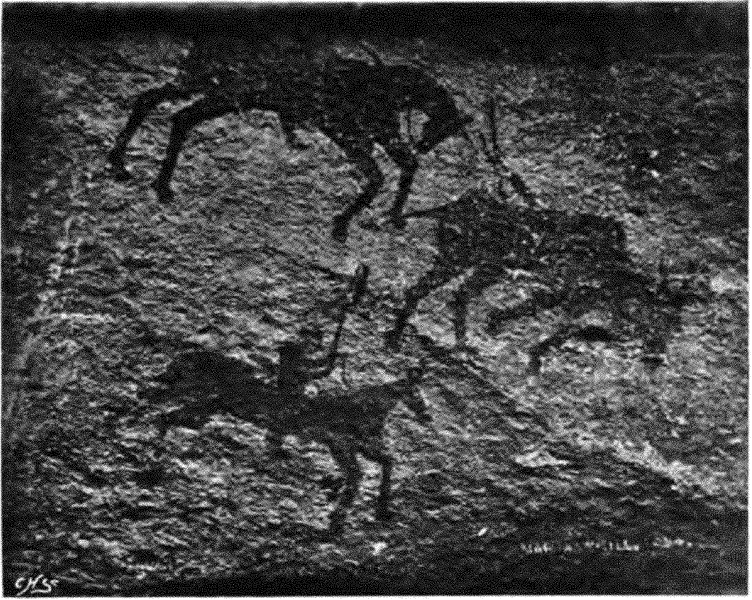<![CDATA[Thieves have destroyed a 5000 year old rock painting in Santa Elena Spain while trying to steal it. The residents of Jaen Province are now absolutely furious over what appears to have been an attempt to remove the historic paintings from the walls of the Los Escolares Cave. In an attempt to remove ancient artwork it from its original home, thieves in Santa Elena, Spain have destroyed rock paintings that date back to well over 5000 years ago. The paintings, which are listed as a part of the Unesco World Heritage listed artwork, are the pride and joy of the people of Santa Elena. The discovery of the damaged ancient artwork was made by visitors to the site and has gained the ire of residents. Some sites of these rock paintings, even though they are governed by Unesco, are unfortunately not under the list of protected. Some of Spain’s rock paintings are dearly protected. The public has very easy access to the rock paintings which makes them a big threat for pilfering and defacement easy. It is with this ease of access that these thieves attempted to steal some of the artwork, thus destroying them in the process. In what appears to have been a method to literally remove the paintings from the walls of the cave or parts of it from the rock, evidence is seen where they had tried to chip away bits and pieces of it using picks. The visitors to the location could see fragments of rocks on the floor with pieces missing from the painting. Dust from the rock was also seen around the area. The Jaen province has long been a premier site for rock paintings. Most of these areas are easily accessible to the public so proper supervision or efforts to prevent pilfering of these historical paintings cannot be easily achieved. People have described the sites as being free for all and in various states of abandonment. The Los Ecolares cave was discovered more than four decades ago and contains an array of paintings depicting lives of the early human activities. It is part of a larger group of caves along the Mediterranean Basin. This particular area has seen many discoveries of prehistoric paintings, and holds the largest group of rock painting in the world. Unfortunately, some areas in are not as protected as others and currently it seems near impossible to have all the sites properly monitored and protected. The painting in question is that of a person resembling a swallow. Ancient rock paintings are known to depict hunting, animals and are referred to as Levantine art. This type of art was discovered by Spanish Prehistorian Juan Cabre in 1903. The exact dates of some of these artworks have been debated over the ages as many historians have their own interpretation of evidence why it should be credited to a particular era. The mayor Juan Caminera has described the act as “heartless”. The case is now under investigation by the Spanish Civil Guard. Other means of protecting the sites are also being considered. Some options being considered include blocking off the public entirely from gaining access to the paintings.]]>
5000 Year Old Painting Destroyed By Thieves in Jaen Province, Spain
